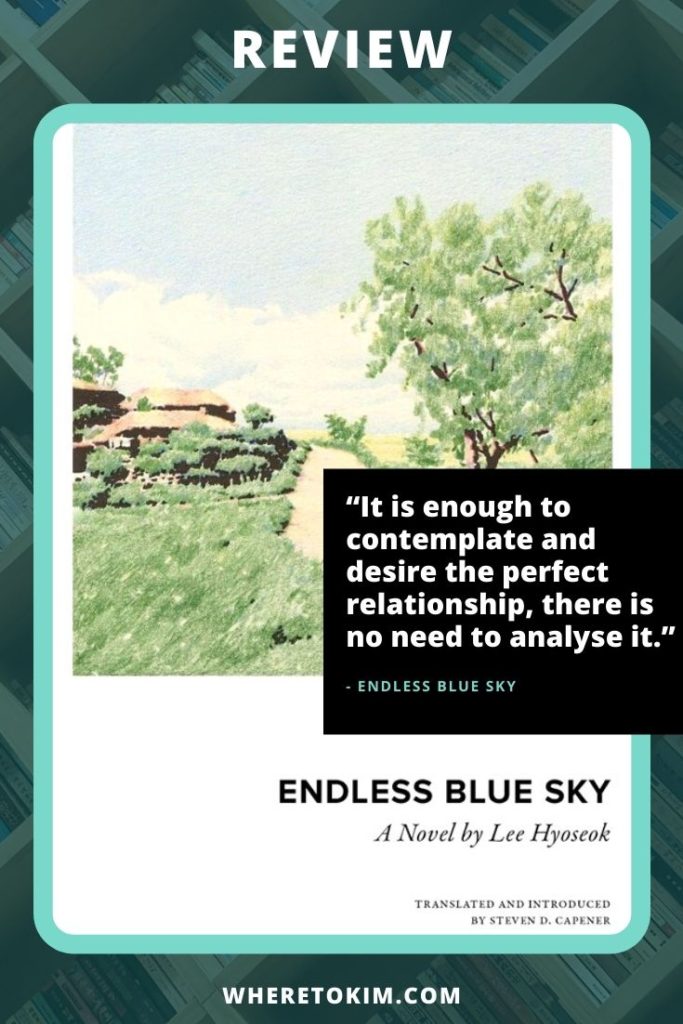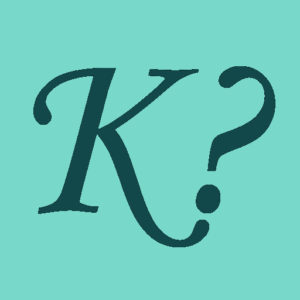In Endless Blue Sky by Lee Hyoseok, the Korean protagonists strive to be the 1940s equivalent of modern men and women, and look to the West for inspiration.
Location: 1940s in Seoul (Korea) and Harbin (Manchuria)
Endless Blue Sky synopsis
Set in 1940s colonial Korea and Japanese-occupied Manchuria, Endless Blue Sky tells the love story between Korean writer Ilma and Russian dancer Nadia. The novel is both a thrilling melodrama set in glamorous locations that would shortly be tragically ravaged by war, and a bold piece of writing espousing new ideas on love, marriage, and race. Reading this tale of cosmopolitan socialites finding their way in a new world of luxury hotels, racetracks, and cabarets, one gets a sense of the enthusiasm for the future that some felt in Korea at the time.
Honford Star’s edition of Endless Blue Sky, the first in English, includes an introduction and explanatory notes by translator Steven D. Capener.
Book review
Cultural critic Cheon Ilma travels to Manchuria to invite the Harbin symphony orchestra to play in Seoul. In Manchuria, he meets Nadia, a Russian woman he cares deeply for and whom he later marries. Both his actions and his thoughts show his journey to figure out how to be a modern man befitting someone of his generation.
Modern man
For his definition of “modern man,” he looks more to the West (Europe) than to the East (Korea and Japan). And he’s not the only one. Donyeong calls her experience of the European atmosphere of an international department store “the real smell of civilization”. Many characters often compare the east to the west and Manchuria (“the continent”) to Europe. Endless Blue Sky is full of racial, cultural, and gender stereotyping. Some of the comments made by the characters would lead to wry remarks from part of the audience today. A rather mild example: “For a foreign woman there was something vaguely Asian about her calm demeanour.”
When it comes to his marriage, Ilma often thinks about the morals associated with it, and how your intentions and your actions can balance each other out. Assuming that the perfect marriage is only possible to a certain extent, it seems fair for him to follow where his (evolving) emotions take him when he meets (new) people. His conclusion made me grin, “It is enough to contemplate and desire the perfect relationship, there is no need to analyse it.” Yet he contemplates what is right, while others rely mostly on their feelings.
Individualism
The female characters are mostly strong and independent women who often advise the men in their lives. Yet all of these female characters somehow desire Ilma, who is not necessarily the biggest catch in a material sense. The romantic ventures demonstrate a broad view of family life. For many of the characters, a passionate pursuit of the one they love takes precedence over the desire for a traditional family life or a stable income. While Ilma’s approach to being pursued is to be very clear about who he wants to be with, the female characters, in turn, play with the men who love them.
The role of the female characters (written by a man) is very interesting for a novel of the time. All of the characters in Endless Blue Sky are very outspoken and do not always heed what is appropriate. The overall narrative tone is very subdued, befitting Ilma’s personality. That same tone is used in chapters about other people: no matter how frustrated or passionate the other characters get, you experience it quite passively. The writing style, and the fact that the book is a collection of serial chapters with an abrupt ending, shows the age of the book.
The romantic drama feels very modern, despite the fact that the somewhat detached way the story is told would not have worked if it were written today. This makes for an interesting paradox. I was quite surprised that such a story had been written in that time period, until I read in one of the notes about the “individualism” concept promoted by public intellectuals in 1930s Korea and Japan. The theme and story were a pleasant surprise that created a culture clash for my stereotypical view of literature from that decade. This is what makes Endless Blue Sky worth reading.
Interested?
Buy your copy of Endless Blue Sky from Amazon.
Book details
Title: Endless Blue Sky
Author: Lee Hyoseok
Translator (from Korean): Steven D. Capener
Language: English
Publisher: Honford Star
Pages: 342
ISBN (13): 9781999791247
Publication date: 13 July 2018
About the author and translator
Lee Hyoseok (1907–1942) was born in Pyeongchang, in what is now South Korea. Publishing his first short story while studying English Literature at Keijō Imperial University, Lee’s early work displayed a sympathy for the socialist cause, and later became more modernist in style. Lee was famously part of Guinhoe, the ‘Group of Nine’, a group which included Yi Sang and Lee Taejun. Every year, his hometown celebrates his life with the Hyoseok Cultural Festival.
Steven D. Capener is a Korean-English translator and associate professor at Seoul Women’s University, having completed his PhD in Korean Literature at Yonsei University. Along with Endless Blue Sky, Steven has also translated various short stories by Lee Hyoseok and published articles on the influence of Blake, Whitman, and Mansfield on Lee’s work, as well as the author’s use of Europhilia and cosmopolitanism as a critique of tradition.







